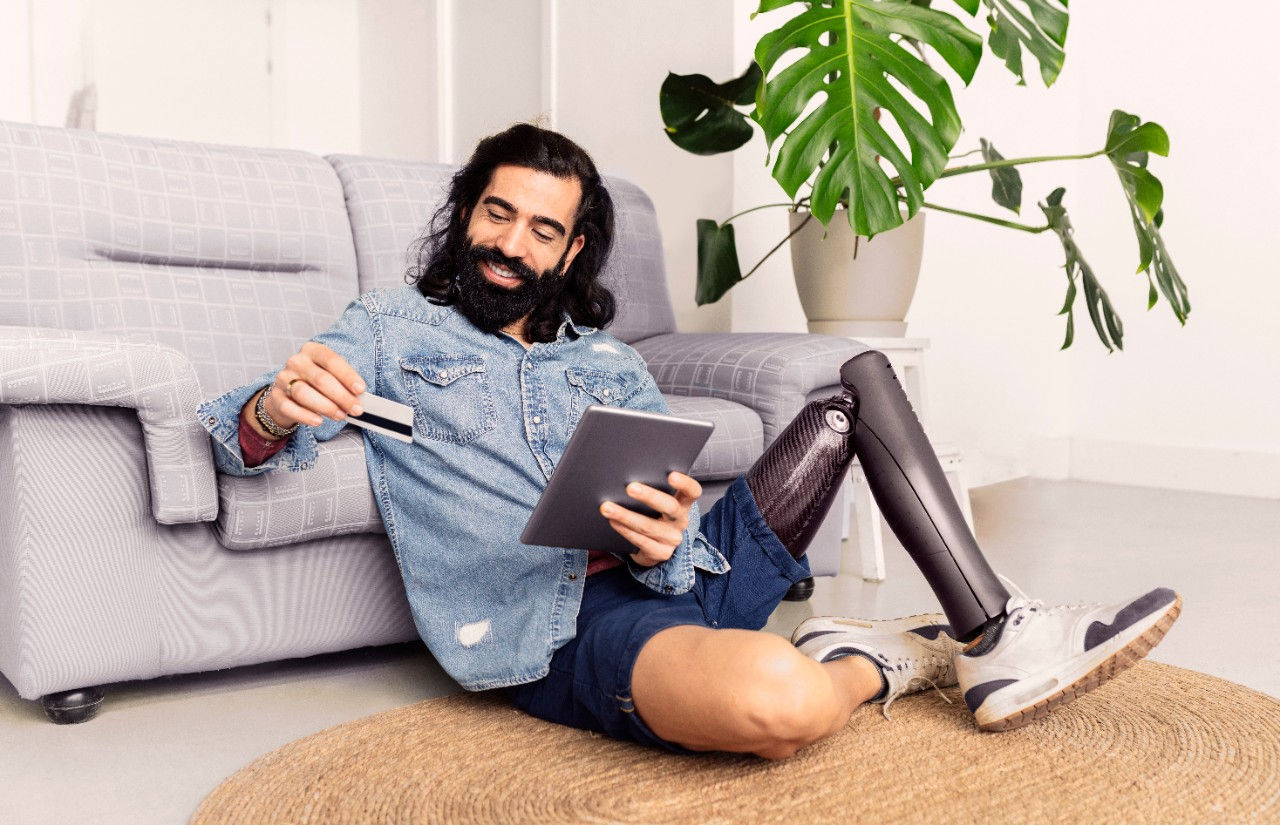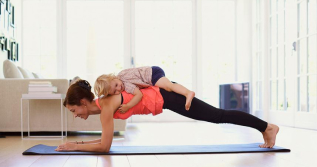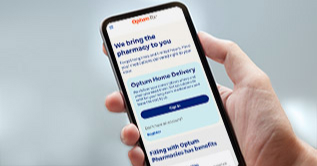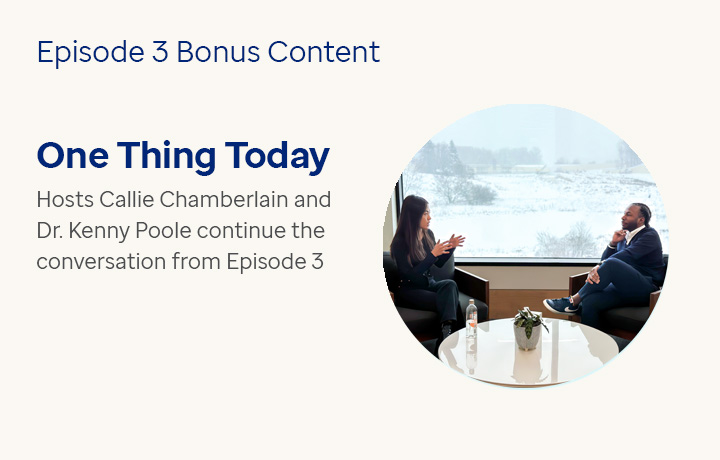In this bonus episode, our hosts Callie Chamberlain and Dr. Kenny Poole talk through options for gentle activities that can be adapted to a variety of ability levels and exercise needs to keep us moving at any age.
Health care
We provide affordable and personalized care
Financial
Accounts to help you save and pay for health care expenses

Open enrollment
Plan ahead for 2025
Open enrollment is here. Explore your financial health benefit account options to maximize your benefits. Visit the Resource Center to learn more.



